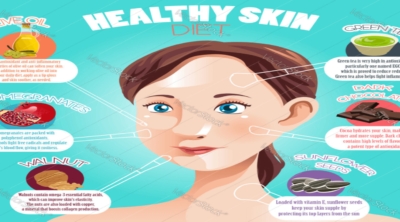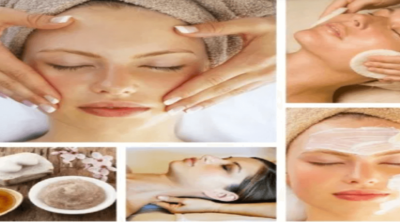
Microdermabrasion is one of the most widely used forms of skin treatment performed by dermatologists. In the following sections, we will look through some of the important aspects of microdermabrasion and what it entails.
Many people have flawless, beautiful skin, with not a mark or a blemish to their credit, especially on the face. These people, unfortunately, are very few. Most people will have some form of marks or scars on their face which have been left behind after a particularly nasty case of acne or a rash or something similar. Some people have fine lines, uneven skin tones, or stretch marks. So even though the ailment has probably long been cured, the scars and blemishes exist. Naturally, anyone would want to get rid of these blemishes and enjoy a clear skin tone. But how is that to be made possible? With a procedure called microdermabrasion. This treatment involves the usage of tiny granules over the skin surface so that the first layer of the damaged skin is gotten rid of and a new layer of clear skin can emerge.
Microdermabrasion is used for the treatment of a variety of skin disorders and has become a highly recognized and popular form of skin treatment because it is very effective and affordable when compared to the other, more expensive choices. This procedure is easily affordable by most.
What is microdermabrasion good for and what exactly does it involve? These and some other factors will be dealt with effectively in the following article. Continue reading for more details.
The Workings
Microdermabrasion is a cosmetic and skin treatment procedure that removes the dead layer of the outermost skin by getting rid of the dead cells. In that way, a new layer of skin emerges which is free of any marks. The procedure is painless and non-invasive and does not require the use of harsh chemicals. In this, a special tool is filled with chlorides and oxides. These fine granules are then gently massaged over the skin surface to do away with the damaged skin. A person requires several sessions, depending on the gravity of the damage for the final results. This procedure is not a one session task and usually requires several sittings to get the final results. Since the procedure is non-invasive, it can also be done as a part of a facial and there are treatments available for the same in varied spas and salons.
Benefits
This works on several different levels. For one, the blast of oxides helps in releasing collagen and elastin in the skin, both of which are responsible for the tightness of the skin and for delaying the effects of aging. Therefore the skin does not sag and has a toned feel to it.
Along with that, the circular motion of the machine when used over the skin helps in improving blood circulation and therefore leads to healthier and younger looking skin.
Microdermabrasion also helps the skin that is prone to acne by not only preventing an onset of acne and leading to acne control―which it does by killing the harmful bacteria that causes acne―but also works in treating the skin scars and blemishes that have been left back by acne.
Not only is this procedure responsible for leading to younger looking skin, but also helps in correcting a wider range of skin problems like sun burned skin, skin discoloration, stretch marks, dull skin, blemishes and acne, and wrinkles and fine lines, and therefore leads to complete skin rejuvenation. Which is why this procedure is done as a part of a treatment by a dermatologist as well as a microdermabrasion facial in a day spa.
Microdermabrasion can be used on most skin types because the crystals that are used as a part of the procedure are not filled with chemicals and therefore they do not react with the skin and lead to allergies. Thus, it is also a viable option for sensitive skin.
Microdermabrasion is a very simple and effective treatment that can be looked into as a part of effective skin care, especially facial skin. And since you now know what microdermabrasion is and the many benefits of the same, you can schedule a session with your doctor or a spa and make your way to great skin.


